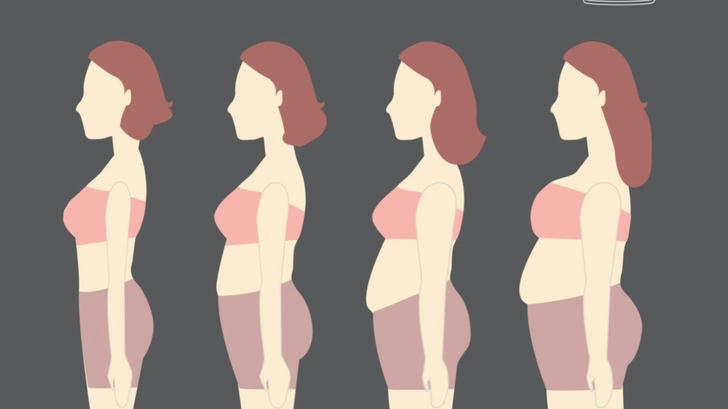Ways to Save Money On Fat Removal Surgery With Clinical Trials
Fat removal surgeries, such as liposuction or bariatric procedures, can be life-changing for individuals struggling with obesity or stubborn fat deposits. However, the high costs—often ranging from 6,000 to 15,000 or more—make these procedures inaccessible to many Americans. Fortunately, clinical trials provide an accessible route to explore innovative treatments at lower financial thresholds while advancing medical science. Below, we explore actionable strategies to leverage clinical trials for affordable fat removal solutions, supported by real-world examples and resources.

I. Understand How Clinical Trials Reduce Costs
Clinical trials are research studies that test new medical interventions, including surgical techniques, devices, or medications. Participants often receive low cost or subsidized treatments, covering expenses like surgery fees, anesthesia, and post-operative care. For example:
🔹High-BMI Liposuction Trials: Trials testing laser-assisted liposuction (e.g., Allurion’s swallowable gastric balloon) may cover the entire procedure for eligible candidates, saving patients up to $10,000.
🔹Non-Invasive Device Studies: The FDA-approved Elipse Balloon, a temporary gastric balloon swallowed without endoscopy, has been tested in trials where participants avoided traditional surgery costs.
Insurance may also cover routine costs (e.g., lab tests or hospital stays) under the Affordable Care Act, even if the trial itself is out-of-network.
II. Identify Relevant Clinical Trials
Finding the right trial requires targeted research. Key platforms include:
🔸ClinicalTrials.gov: The largest U.S. database lists active studies, such as trials for GLP-1 receptor agonists (e.g., Wegovy®) combined with liposuction to enhance fat loss.
🔸National Cancer Institute (NCI): While focused on cancer, NCI’s trials sometimes include metabolic interventions applicable to obesity.
🔸University Hospitals: Academic centers like Johns Hopkins or Cleveland Clinic often host obesity-related trials. For instance, a 2024 trial at MedStar Health tested semaglutide (Ozempic®) alongside liposuction, offering medications to participants.
Example: A 2025 trial at the University of California, San Francisco, is evaluating a novel fat-freezing technology (cryolipolysis) for high-BMI patients, covering all procedural costs for participants.
III. Leverage Pharmaceutical and Device Trials
Emerging drugs and devices in obesity research frequently require human testing. Participating in these trials can provide access to innovations like:
🔹GLP-1 Receptor Agonists: Trials for tirzepatide (Mounjaro®) or retatrutide, which target weight loss, often include needed medications and metabolic monitoring.
🔹Smart Implants: Studies on gastric stimulators or hydrogel capsules (e.g., Gelesis100®) that induce satiety may waive device costs.
Case Study: A patient in Texas joined a 2024 trial for "rescue weight loss" using liraglutide (Saxenda®) and leucine infusions, achieving 27.5 kg weight loss in 21 days without surgery—saving $12,000 in bypass costs.
IV. Seek Financial Assistance Programs
Even within trials, ancillary costs (travel, time off work) can add up. Utilize these resources:
🔸Nonprofit Grants: Organizations like the Patient Access Network (PAN) Foundation offer copay assistance for obesity treatments.
🔸State Programs: California’s Obesity Prevention Initiative and New York’s Medicaid waivers may subsidize trial-related travel.
🔸Crowdfunding: Platforms like GoFundMe are increasingly used to offset indirect costs, with one patient raising $8,000 for post-trial physical therapy.
V. Negotiate Insurance Coverage
The Affordable Care Act mandates that insurers cover routine costs for clinical trial participation. For example:
🔹Preauthorization: A patient in Ohio successfully appealed to Anthem Blue Cross to cover $4,000 in pre-trial liver imaging, citing federal protections.
🔹Medicare/Medicaid: These programs typically cover 80–100% of trial-related hospital stays.
VI. Evaluate Risks and Eligibility
While cost-saving, trials involve risks. Mitigate them by:
🔸Reviewing Phases: Phase I trials test safety (higher risk), while Phase III focuses on efficacy (lower risk).
🔸Consulting Your Care Team: Discuss how a trial aligns with your health goals. For example, a patient with diabetes might prioritize a metabolic surgery trial over liposuction.
Conclusion
Clinical trials represent a dual opportunity: advancing medical science and accessing affordable fat removal solutions. By strategically identifying trials, leveraging financial aid, and understanding insurance protections, Americans can significantly reduce out-of-pocket expenses. For instance, a participant in a 2024 Allurion Balloon trial saved $9,000 while achieving a 14.7% weight loss—proof that innovation and frugality can go hand-in-hand.
Next Steps:
Search ClinicalTrials.gov using keywords like “obesity,” “liposuction,” or “bariatric surgery.”
Contact local research hospitals for upcoming opportunities.
Consult a financial navigator at Powerful Patients (powerfulpatients.org) for personalized support.
By embracing these strategies, patients can transform their health and finances simultaneously.
